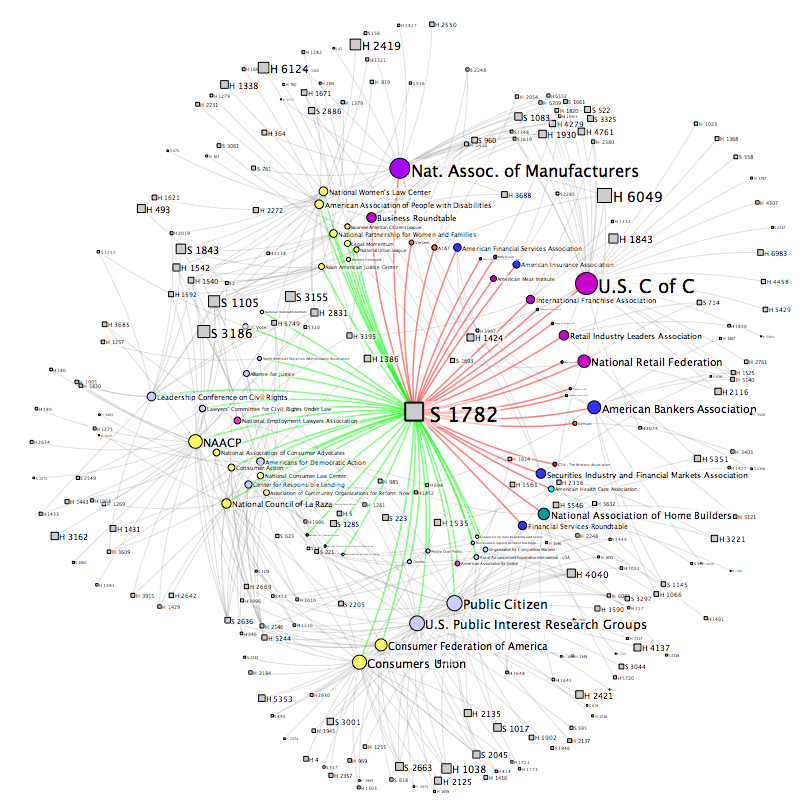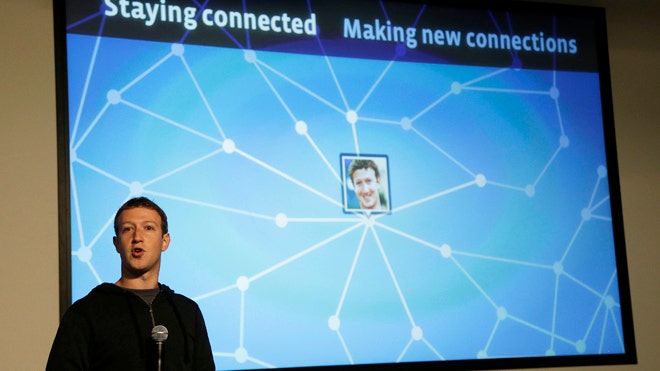 JoSS | This work was supported in part by Department of Defense, the Office of Naval Research(ONR), United States Navy Grant No. 9620.1.1140071, NSF IRI9633 662 and the NSF IGERT 9972762 for research and training in CASOS. Additional support was provided by CASOS - the center for Computational Analysis of Social and Organizational Systems at Carnegie Mellon University. The views and conclusions contained in this document are those of the author and should not be interpreted as representing the official policies, either expressed or implied, of the Department of Defense, the Office of Naval Research, the National Science Foundation, or the U.S. government.
JoSS | This work was supported in part by Department of Defense, the Office of Naval Research(ONR), United States Navy Grant No. 9620.1.1140071, NSF IRI9633 662 and the NSF IGERT 9972762 for research and training in CASOS. Additional support was provided by CASOS - the center for Computational Analysis of Social and Organizational Systems at Carnegie Mellon University. The views and conclusions contained in this document are those of the author and should not be interpreted as representing the official policies, either expressed or implied, of the Department of Defense, the Office of Naval Research, the National Science Foundation, or the U.S. government.Abstract: Given the increasing threat of terrorism and spread of terrorist organizations, it is of vital importance to understand the properties of such organizations and to devise successful strategies for destabilizing them or decreasing their efficiency. However, intelligence information on these organizations is often incomplete, inaccurate or simply not available. This makes the study of terrorist networks and the evaluation of destabilization strategies difficult. In this paper, we propose a computational methodology for realistically simulating terrorist networks and evaluating alternative destabilization strategies. We proceed to use this methodology to evaluate and conduct a sensitivity analysis of the impact of various destabilization strategies under varying information surveillance regimes. We find that destabilization strategies that focus on the isolation of individuals who are highly central are ineffective in the long run as the network will heal itself as individuals who are nearly structurally equivalent to the isolated individuals "move in" and fill the communication gaps.
Introduction
For reasons of national security it is important to understand the properties of terrorist organizations that make such organizations efficient and flexible, and based on this understanding devise successful strategies to destabilize such organizations or curtail their efficiency, adaptability, and ability to move knowledge and resources. The assessment of destabilization strategies poses a number of key challenges. What does the underlying organization look like? Does it evolve? What strategies inhibit or effect the evolutiuon so that the organization is destabilized? In this paper, we provide an approach to assessing destabilization strategies that draws on work in organization science, knowledge management and computer science.
Terrorist organizations are often characterized as cellular organizations composed of quasi-independent cells and distributed command. In a sense, this is a non-traditional organizational configuration; hence, much of the knowledge in traditional organizational theory, particularly that focused on hierarchies or markets, does not apply. To be sure, lessons can be learned from the work on distributed and decentralized organizations that provides some guidance. This work demonstrates that such structures are often adaptive, useful in a volatile environment, and capable of rapid response [1] [2]. In other words, we should expect terrorist organization to adapt, and adapt rapidly. This suggests, that in general, they should be difficult to destabilize; however, the traditional organizational literature provides little guidance on how to destabilize the organization.
In general, the organization's form or design profoundly influences its performance, adaptability, and ability to move information [3]. It follows that organizations can be destabilized by altering their design. The one caveat here, is that organizations, particularly more distributed and decentralized ones, are continually evolving [4]. Terrorist organizations are often characterized as dynamic networks in which the connections among personnel define the nature of that evolution. This suggests that social network analysis will be useful in characterizing the underlying structure and in locating vulnerabilities in terms of key actors.
In general, organizations evolve as they face unanticipated changes in their environment, rapidly evolving technologies, and intelligent and adaptive opponents. Over the past decade, progress has been made in understanding the set of factors that enable adaptation and partially validated models of adaptive networks now exist [5]. A key result is that, in the short run, there appears to be a tradeoff between adaptivity and extremely high performance in organizations [6]. This suggests that forcing an organization to adapt should reduce its performance. Thus, even if an actor is no longer key, the mere isolation of that actor may be sufficient to be disruptive. However, to assess this a model of organizational change and network healing is needed.
Since the destabilization of terrorist networks could inhibit their ability to effect harm, there is a profound need for an approach that would allow researchers to reason about dynamic cellular networks and evaluate the potential effect of destabilization strategies. To be useful, such an approach must account for the natural evolution of cellular networks. This situation is further complicated by the fact that the information available on the terrorist network is liable to be incomplete and possibly erroneous. Hence, destabilization strategies need to be compared and contrasted in terms of their robustness under varying levels and types of information error. In other words, it would be misleading to judge destabilization strategies in terms of their impact on a static an unchanging network [7].
These problems suggest the need for a new methodological approach. In this paper, we provide an approach based on the use of a multi-agent network model of the co-evolution of the network of "observers" (the blue network) and the "terrorists" (the red network) in which the observers can capture only partial data on the underlying covert network and the covert network evolves both naturally and in response to attacks by the observers. This approach builds off of organization theory and social network theory, as well as machine learning and dynamic network analysis. Specifically, we have developed a computational model of dynamic cellular organizations and used it to evaluate a number of alternative strategies for destabilization of cellular networks.
It is important at the outset to note that this examination of destabilization strategies is highly exploratory. We make no claims that the examination of destabilization strategies is comprehensive, nor that the types of "error" in the data that intelligence agencies can collect is completely described. Further, our estimate of the structure of the covert network is based on publicly available data much of which is qualitative and requires interpretation. Thus, this work should be read as a study in the power of an empirically grounded simulation approach and a call for future research. Further, we restrict our analysis to a structural or network analysis and focus on what does the covert network look like, how does its structure influence its performance and ability to pass information, how does it evolve, how can its evolution be altered (its behavior destabilized) through interventions focused on the nodes, and what interventions should be taken given the level of fidelity in the information that we have. Admittedly, in this complex arena there are many other factors that are critical, but they are beyond the scope of this study. Thus, from a straight social network perspective, this study suggests the types of methodological issues that will emerge when working with dynamic large scale networks under uncertainty.
To ground this paper, a short case description is provided of Al Qaeda with the focus on the network structure. In these two descriptions we draw on both military and organizational theory. This is followed by a discussion of the intelligence agencies engaged in anti-terrorist activity and the possible data and errors in said data. Our intent is to demonstrate, at a fairly high level, the context and the resultant information and modelling problems, not to provide a full analysis for intelligence or military operations. As good science often emerges from attacking hard real world problems, we are trying to provide sufficient detail to understand the basis for the problems that research must address, rather than simply provide a high theoretical description of general data problems. This is followed by a brief discussion of the applicability of traditional social network analysis and the need to take a dynamic network perspective. We then describe a computational model of terrorist organizations as dynamic evolving networks, and anti-terrorist bodies with emphasis on their information collection and destabilization strategies. A virtual experiment is used to examine destabilization strategies and the results are then discussed.














